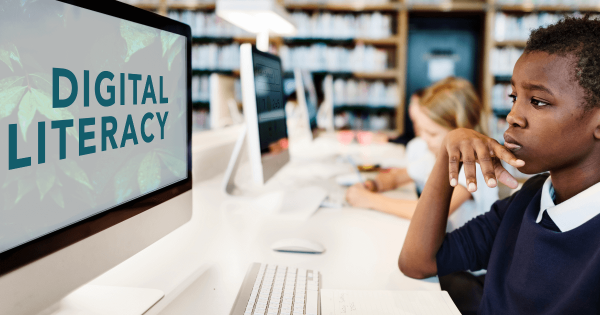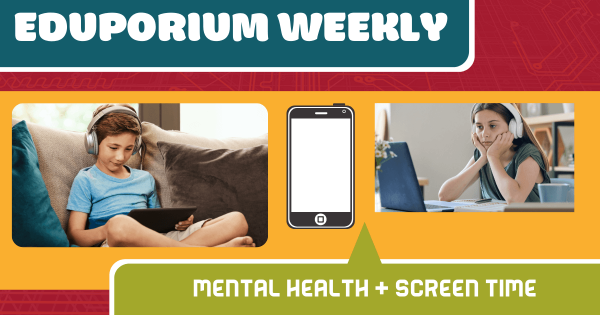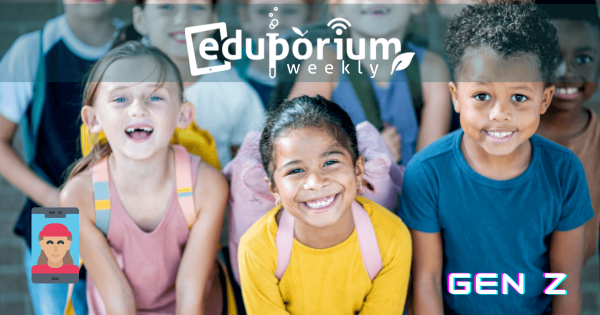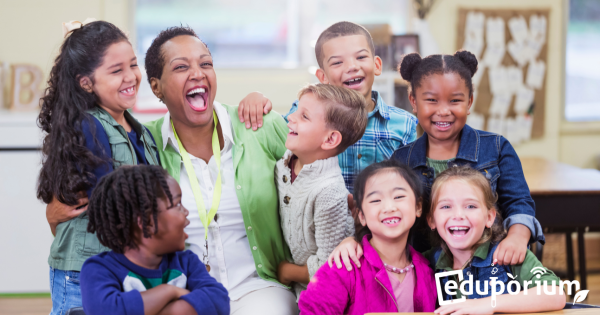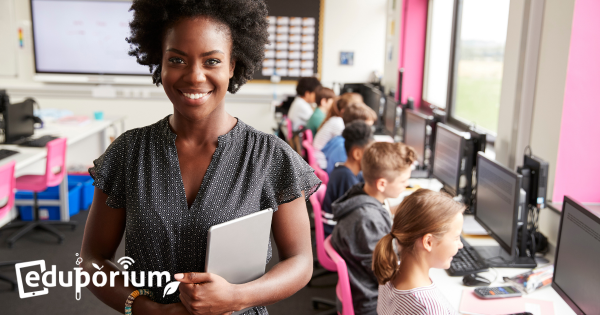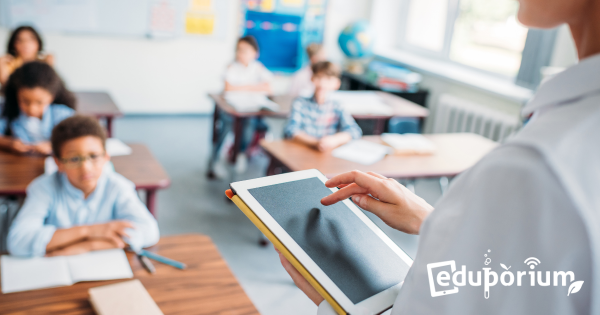There are so many types of literacies that we’ll now associate with student development—from some basic financial and media literacy skills up to, of course, their digital literacy. Each one of these literacies have become very important in today’s world and, among them, digital literacy remains one of the most crucial fluencies that your students can develop.
Digital Citizenship
Digital citizenship in education remains vitally important for all students. With the power technology tools can add to classroom learning, it's increasingly necessary that students know how to maximize these platforms and stay safe while doing so. Even if educators are not teaching a class dedicated solely to digital citizenship strategies, there are many ways to weave these messages into everyday instruction. Because students will be expected to use these tools throughout each grade level, familiarity with current digital citizenship best practices will always be key. Not only is it key for them, however, it's also imperative that K–12 educators understand how to teach about it. But, with the correct approaches and guidance from content like this, it can be much easier to integrate in classrooms.
Digital citizenship lessons help today's students grow in a number of ways. For starters, the main goal is to help them learn what constitutes appropriate behavior online. In this age of constant connectivity and still plenty of cyber bullying concerns, this is, of course, a huge topic. Through digital citizenship initiatives, students will also learn about prioritizing their mental health online, including minimizing screen time when possible. And, though K–12 STEM learning involves a lot of digital tools, using them appropriately is very feasible. Please explore these blog posts in detail to learn more about the benefits and opportunities associated with this topic. We're sure you'll find various new insights to mix into your instruction whether you focus on STEAM or not. And, with these valuable literacies, students can better approach modern problem solving with modern learning tools.
-
Student Mental Health And Their Screen Time
While other pandemic-induced issues, like inequity, isolation, relationships, and SEL have been crucial focal areas, the effects of too much screen time on their daily development have also caught up with many students. As we continue to hone in on student mental health concerns, it’s often important for parents and educators to keep digital wellbeing in focus for kids. -
Eduporium Weekly | Addressing The Biggest Topics In EdTech
EdTech has evolved to encompass so many angles for both education and technology. So many contemporary forms of technology have become real valuable pieces for classroom instruction and taken on new characteristics in a lot of cases. At the moment, there are important topics dominating the most talked about areas of EdTech. Here are some of them. -
Eduporium Weekly | EdTech Trends to Embrace in 2019
It’s a new year and hope springs eternal for all educators, administrators, and students. There’s a good chance you may have made a New Year’s resolution or two already and also a chance those resolutions might have already been broken. As we turn the page on 2018 and shift our focus solely to 2019, let’s take a moment to focus -
Eduporium Weekly | Teaching to the Students of Gen Z
Following millennials, Generation Z emerged in the mid-90s and is now getting set to make its mark on the world. Many of them are now in high school (depending on when you define the end of Gen Z), meaning they are preparing for their lives and careers. Like other generations, they are facing some challenges and incredible opportunities. -
Eduporium Weekly | The Growing Importance Of Digital Literacy
For decades, literacy has been considered the absolute most fundamental skill any person could have. With the emergence of the automated era and the now complete commonality of technology tools, the necessary skill has changed from literacy to digital literacy. People need to know technology—how it works, what they can do with it, and how to maximize efficiency. -
Eduporium Weekly | Welcome To 2016 And New Opportunities
Our world is changing—something that’s readily apparent to a lot of us but others are often shocked by just how much employees throughout today’s workforce need technology and rely on a super specific set of skills. So, as early on as elementary school, teachers are now exposing their students to basic coding in STEM classes and kids, generally, respond favorably -
Eduporium Weekly | For Digital Learning And Digital People
Think about it. Today’s adults spend most of their working day using a computer to carry out a range of responsibilities from communication to projects and everything in between. They use programs, websites and office productivity software. Most of them probably also learned the specific, tech skills for their job once they had already accepted it. -
Eduporium Weekly | Citizens In A Digital World
One of the hottest topics in EdTech throughout the recent months has been the subject of digital citizenship (or digital literacy). By designing classrooms that are more conducive to the specific needs of the students it surrounds for 180 days, those inside will become more eager to learn and, with increased engagement, see better academic results. -
Prepare For Digital Learning Day With Advanced Searching
What if we only went to websites that we knew, and navigated using the links supplied on the page. How many “degrees of separation” would we get between two websites that each would be considered significant resources for the subjects we were exploring? Learn more about that and get ready for Digital Learning Day!




